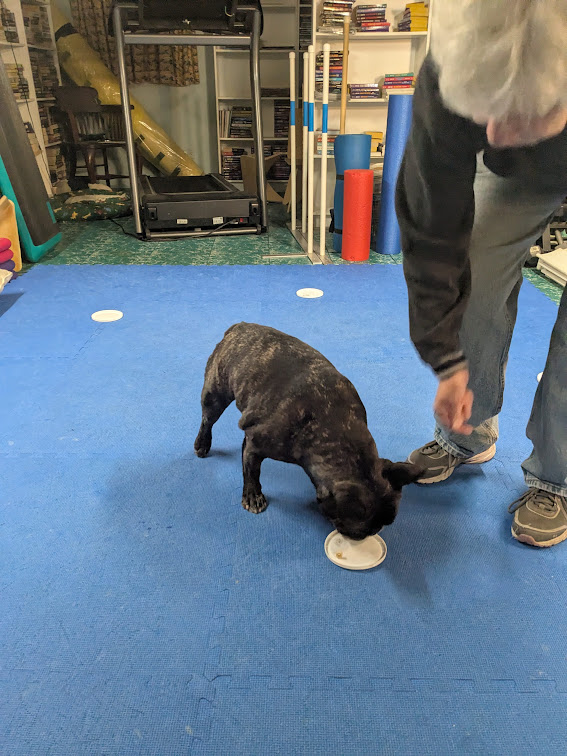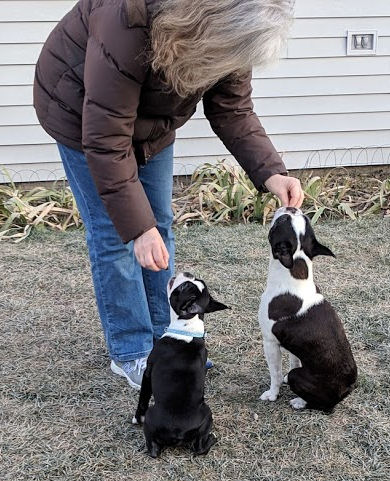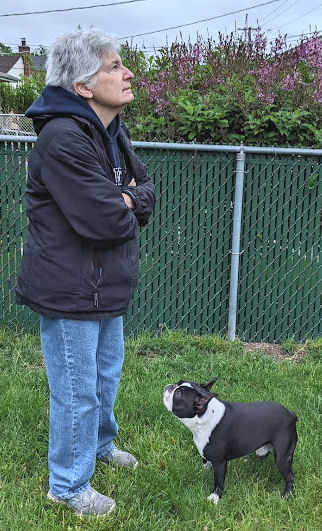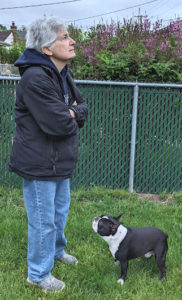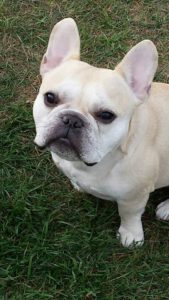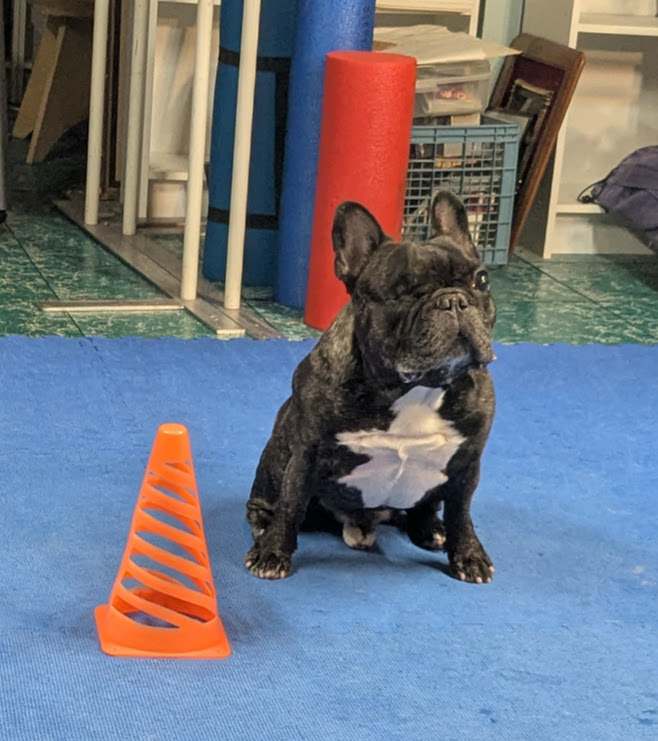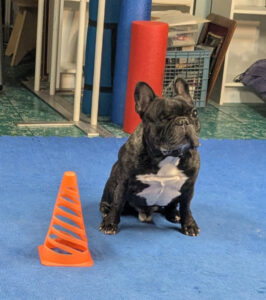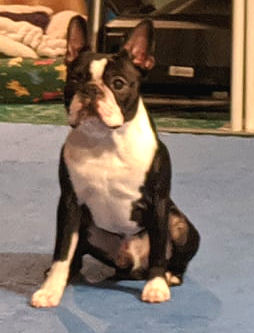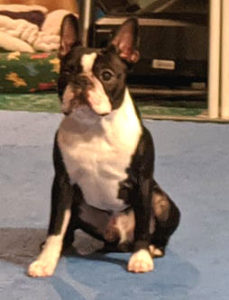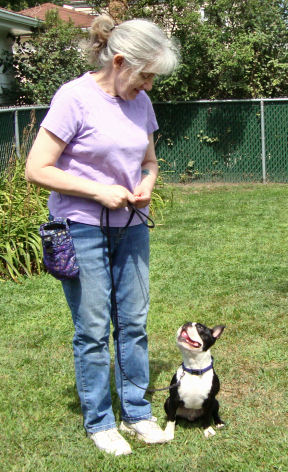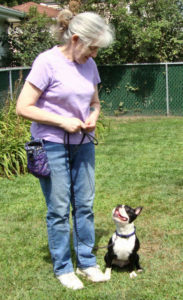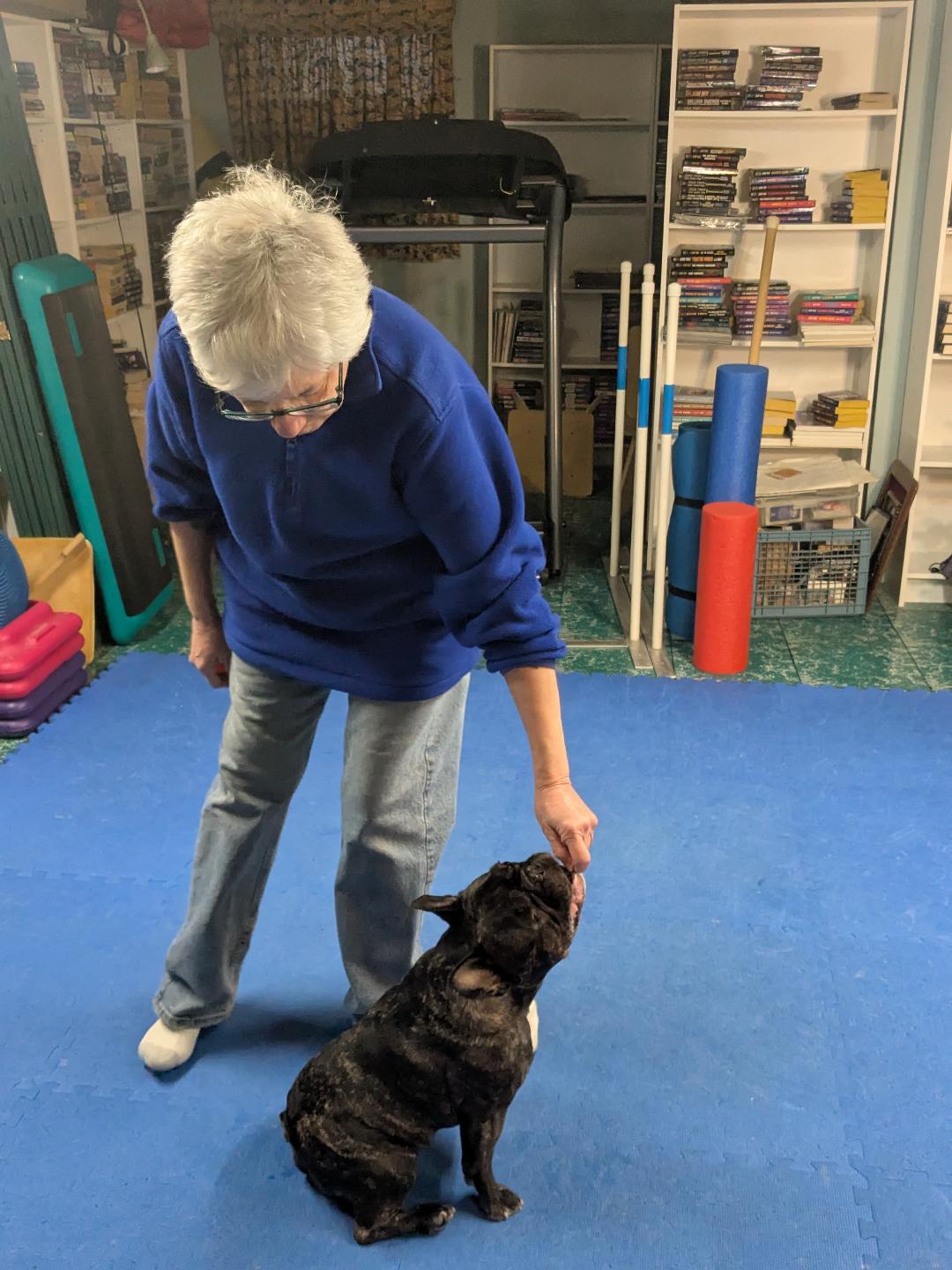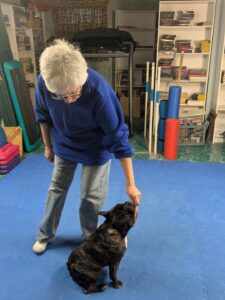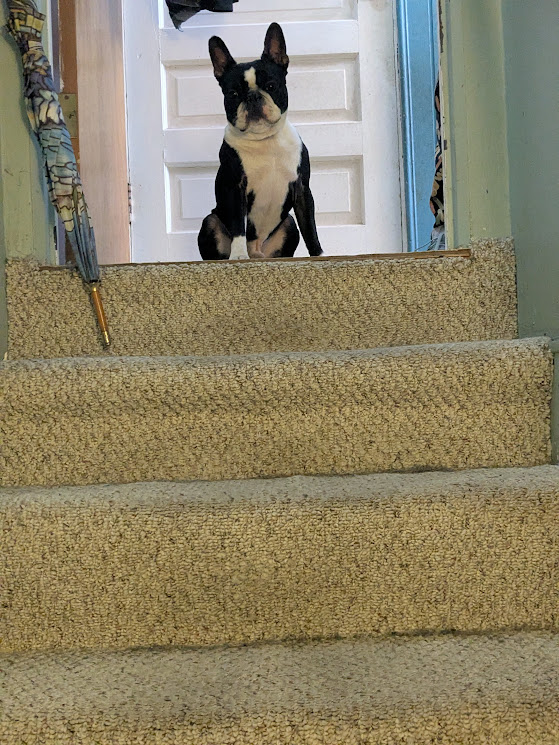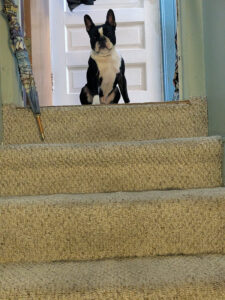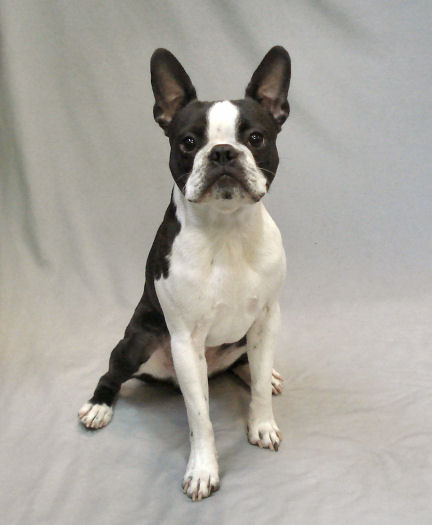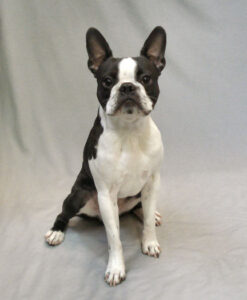How long does it take to create a new dog training game? Almost none. On the spur of the moment last night we made up “Ring Around The Targets.”
Most dogs love Target Training. It’s easy, it’s fast, and it lets the dog get rewarded for something they love doing anyway – sticking their noses into something. We started there and embellished, a lot.
Target Training is a great skill to teach your dog, and one that lets you build some distance from your dog. Most dogs are unfamiliar with the idea of doing stuff away from their people. Dogs’ preferred position is right in front of you, staring adoringly at your face.
In our Rally class yesterday we worked on getting the dogs to go away from their people and sit near a plastic cone about eight feet away. To get the dogs to move away by themselves, we used paper plates as targets next to the cones.
Left holding the targets
Since we only play training games for a maximum of five minutes at a time, even in class, Hope wound up with a handful of paper plates that had doubled as targets. So she made up a new game on the spot.
All the Rally class dogs know targets. We usually use plastic lids from containers of products like sour cream, cottage cheese, even ice cream. You can use anything as a target, as long as you’re able to “load” it with a treat.
For our new Ring Around the Targets game, we used the paper plates. You can use as many as you like, but at least five. Arrange them in a circle, with you and your dog in the middle. The circle of targets can be as big as you like – the bigger the better.
Don’t pre-load the targets with treats. We want to reward the dogs, not lure them to the goal.
Release the dogs
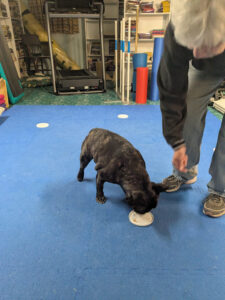
After you’ve got everything set up, release your dog. If you’ve built value in the Target game, your dog should dash from one target to the next. Depending on your dog’s experience, you can either follow along and reward each target (for newbies) or wait and give your dog a jackpot when they’ve completed the entire circle (experienced dogs).
All the dogs had a blast and got it right the first time. None of them, or the people, had ever seen the game before. It never existed – Hope just made it up. That’s the kind of training flexibility you’ll have when you play training games with your dog.
When you play training games, your dog expects to have a good time. No matter what the game, whether they know it or not. The expectation of having fun is always there. The dogs are open to trying new things. They’re not wary or afraid of things they haven’t seen before. They trust their training games partner and know it’s going to be fun.
Always a spoonful of sugar
Many of the training games address behavioral issues most dogs have. They teach basic manners and improve dogs’ liveability. But the dogs don’t know that. They just know they’re having fun, understanding more, and getting to spend time with the people they love.
Not all training games have to be useful or have a particular goal in mind. We have dogs because life’s better and more fun with a dog. Some training games are just for fun, too, like the Ring Around the Targets game. The best part is you get to play them with your dog.

